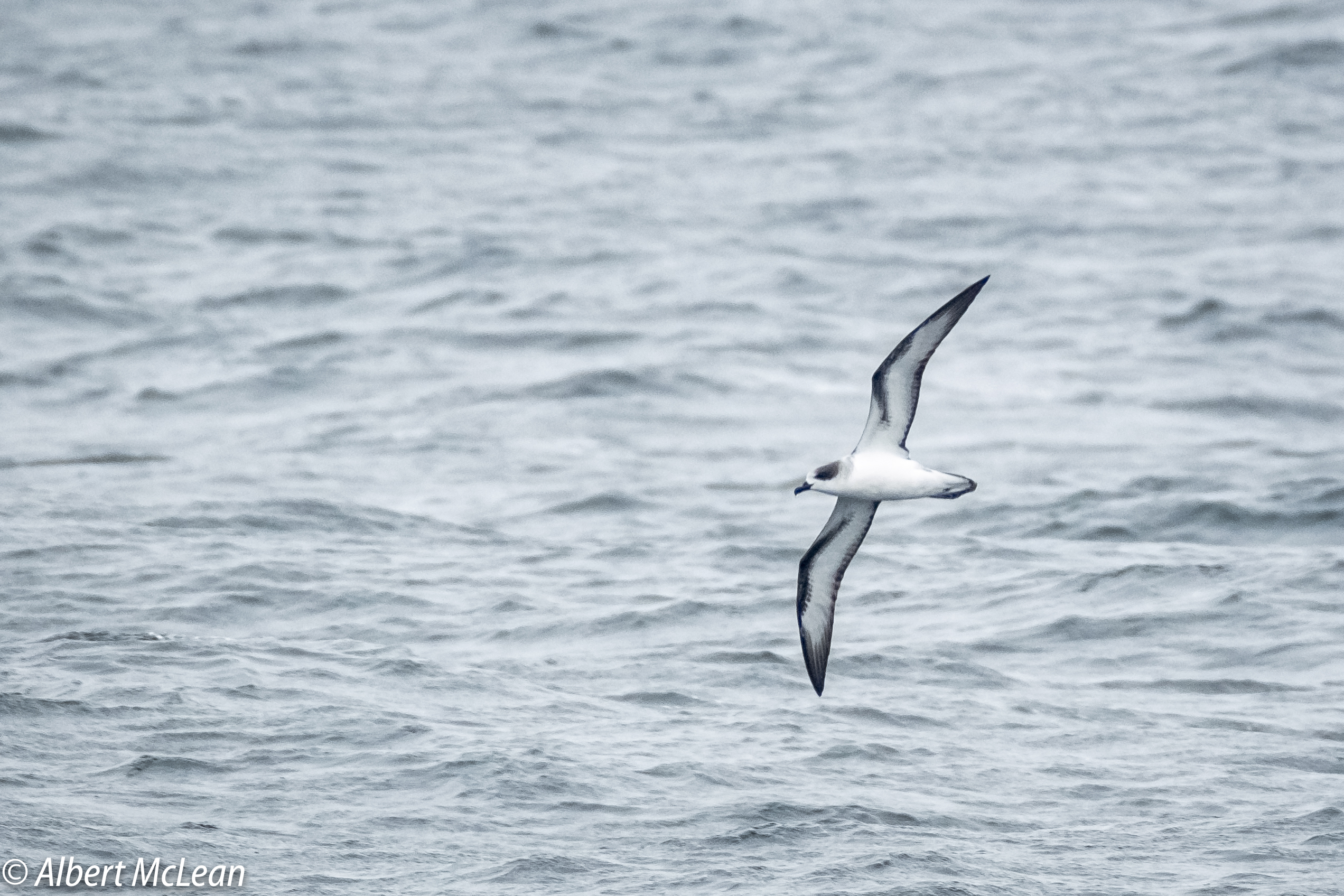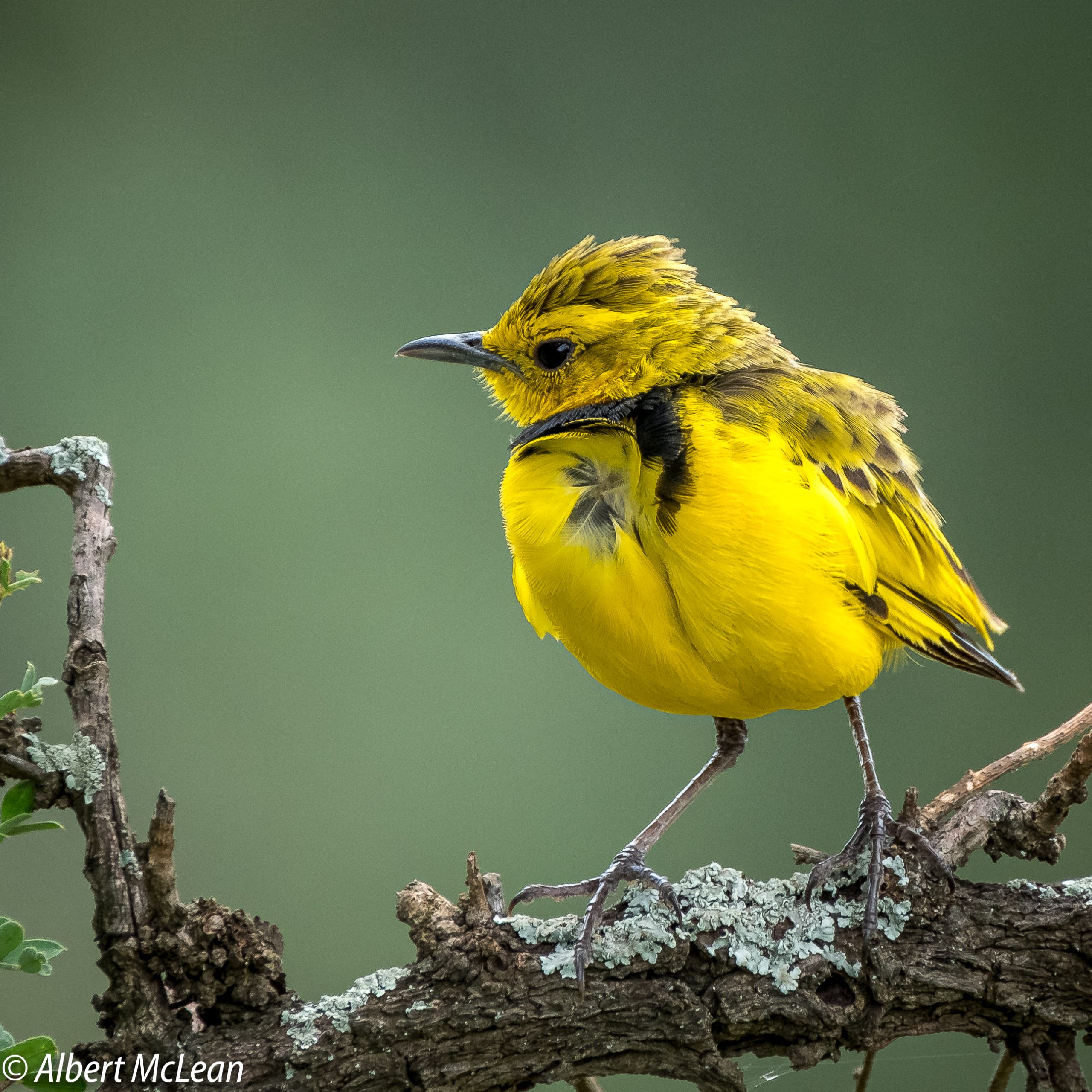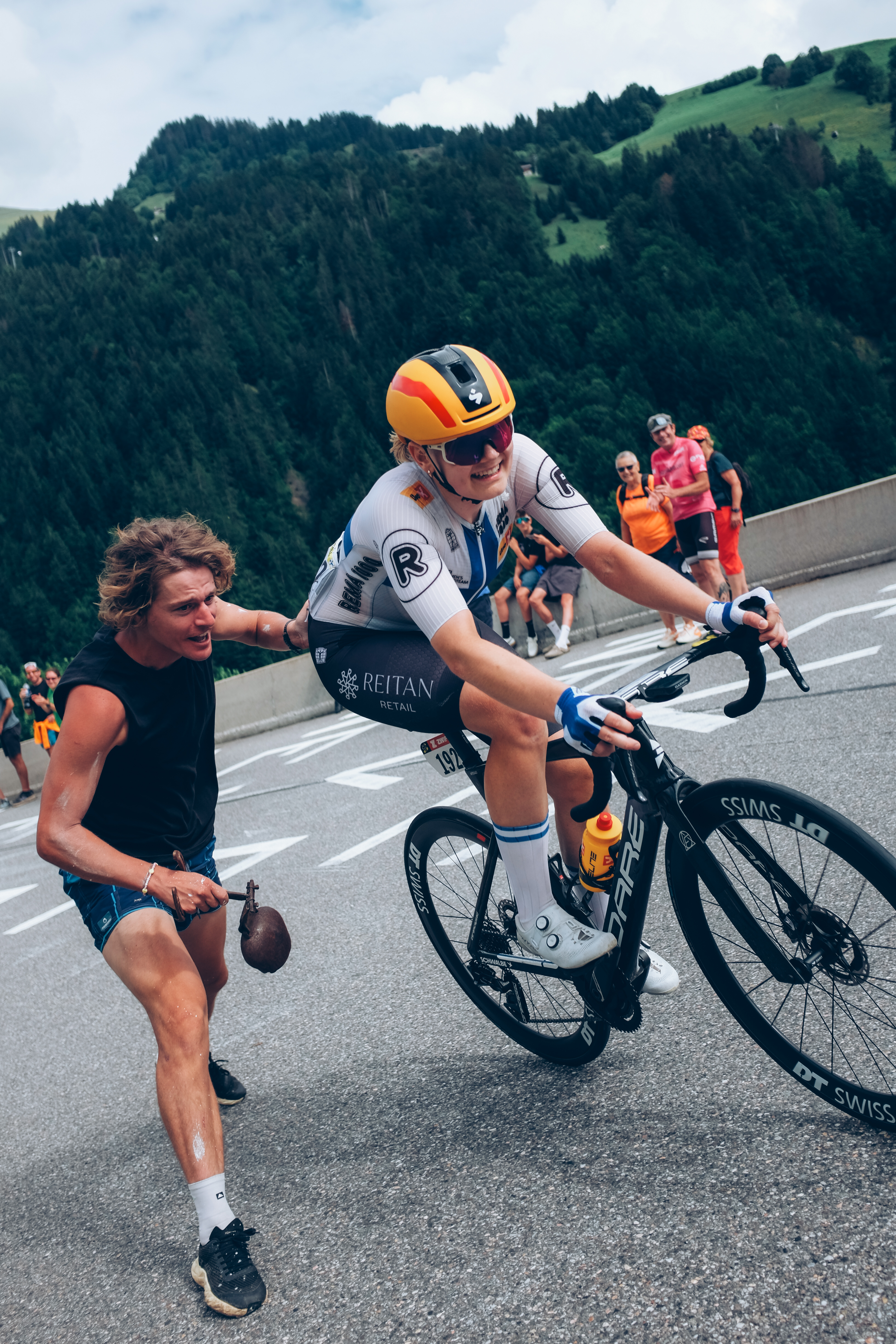Fujifilm Feature: Albert Mclean

FUJIFILM FEATURED PHOTOGRAPHER: ALBERT MCLEAN
Birding is one of the fastest growing hobbies in the world. But what’s better than spotting birds? Well photographing them of course. Bird photographer Albert McLean gives us some valuable insight into this unique form of wildlife photography.
How did you get interested in bird photography?
I have always enjoyed photography as a hobby. My wife Diane and I have always had an interest in wildlife, and we have spent many days and hours in the bush. We were and still are avid wildlife photographers. However, during our times in the bush we started taking an interest in the birds we were seeing and our love for bird watching developed from these times. The two of us have been birding for over 35 years now.
We then started trying to photograph the birds and soon realised that bird photography is rather difficult – the subject matter is uncooperative and tends to move around a great deal.
Both of us keep a list of the birds we see, and we then decided that we would like to try and photograph every bird we have seen in Southern Africa and the world. Thus far, we have managed to photograph about 90% of the birds we have seen in our lifetime.
Over time our passion for bird photography has developed into a direction that we call “Adventurous Bird Photography”. We both love looking for and photographing very difficult or rare birds to find in Southern Africa. As an example, we made three trips to Mozambique and two trips to Zimbabwe before we were able to locate and photograph the iconic African Pitta.
What do you believe makes a good bird photographer?
There a number of factors:
- Patience and keeping still – do not move around too much.
- Positioning in terms of light.
- Knowing your camera and its settings.
- Pre-setting your camera before you move in. Be “camera ready.”
- Speed – getting onto your subject matter quickly.
- Obviously creativity and composition.
- Respect the subject matter and the environment. Many bird photographers will do anything to get the perfect shot – don’t be one of them.
Why did you choose Fujifilm for your bird photography? What Fujifilm gear do you use?
The type of bird photography my wife and I get involved in requires photographic equipment that is ‘fast and powerful’, but that normally means heavy and cumbersome. Trying to carry equipment through the bush for hours that weighs in excess of 15 kg is just not fun.
As a result we decided to move to mirrorless camera technology about five years ago. We were looking at two brands at that stage (Sony and Fujifilm) and we just preferred the Fujifilm offering. We just love the look and feel of the Fujifilm camera equipment.
The camera and lenses (in particular) felt, and I believe are, more solid, weather proof and robust. The in-body stabilisation is a big strength of this camera and the autofocus and tracking has improved over the previous models. However, autofocus and tracking is an area where Fujifilm could improve this superb product.
We both currently use a Fujifilm X-T4 camera body and most of the time the 100-400 XF Zoom lens with a 1.4X teleconverter. My other favourite lens is the 16-55 XF Zoom lens. This I use more for people and landscape photography.
Do you have three tips you can share with new bird photographers who want to up their photography?
The three tips are:
- Know your camera and its capabilities. Make sure to get your settings right. So many people get it wrong and then the subject matter has flown away.
- Patience – do not rush into a situation since you will “flush” the subject matter. Anticipate behaviour, let the birds come to you. Get a record shot first and then try and get a better photograph.
- Composition and lighting – try and position the bird in the frame where you do not have distracting items. Except for extreme close-up portraits of birds, every other type of bird photograph will look great when the background is clean and complements the bird. Avoid taking bird photographs when the background is too distracting. It is very important to keep an eye on the background while taking bird photographs.
What’s your favourite place to capture birds?
I have three favourite places to capture birds:
- Mozambique and in particular The Sanctuary, San Sebastian Peninsula Vilanculos. This spot in Africa is paradise and is a place where the birding and photography is out of this world.
- Big sky country with just the most amazing scenery that provides the most spectacular birding and photographic opportunities to a photographer.
- Pelagic Sea Bird watching and photography. I just love going out to sea on a small boat looking for rarities out on the ocean. This is the most challenging form of bird photography. You have subject matter that is flying past you on a boat that is moving all the time, plus you have sea conditions to contend with. However, there is nothing more rewarding than photographing something like a great wandering albatross flying past.
Is the rarity of a bird of importance?
Seeing any bird, even your common House Sparrow, is special. However, as I mentioned earlier, Diane and myself call ourselves “Adventurous Bird Photographers”. We love finding birds that are rare or very difficult to track down. This takes us to the most interesting places that one would never dream of going to.
However, we also love trying to see and photograph any new bird or rarity found in South Africa. As a result, we will travel long distances hoping to see a rare bird that has just been seen somewhere in Southern Africa. As an example, in September 2019 a suspected new tern for the Southern African region had been found in Mozambique. This is classified as a Giga Alert – when a brand-new bird is found in a region. In this case Southern Africa.
Photographic confirmation of the bird was required. Seven birders, including Diane and I joined Christine Read, the owner of the lodge on San Sebastian Peninsula (Vilanculos), to try and locate this tern and photograph it. The suspected new Tern was called Saunders’s Tern normally found along the north-western shores of the Indian Ocean and not down on the southern Mozambique shores of the Indian Ocean.
Diane and I flew from George to Johannesburg. Joined the rest of the group at OR Thambo airport and caught the flight to Vilanculos. We then took a 45-minute boat trip to the Lodge on San Sebastian Peninsula. Early the next morning we took an hour-long trip to a point where the suspected Saunders’s tern was roosting amongst hundreds of other types of terns found in the area. To cut a long story short, eight very excited birders found and photographed Saunders’s tern and a new bird was added to the Southern African bird list.
In actual fact eight Saunders’s terns were found by the group. As a result, a scientific study is now underway studying the migration patterns of these terns in Mozambique. Furthermore, many Southern African birders are now trying to find a way to get an opportunity to see and possibly photograph this new bird on the Southern African Bird list. Exciting to say the least!
Is there an international destination you would like to visit for bird photography still on your to-do list?
There are many, but I would love to visit The Galàpagos Islands, Ecuador and Uganda.























